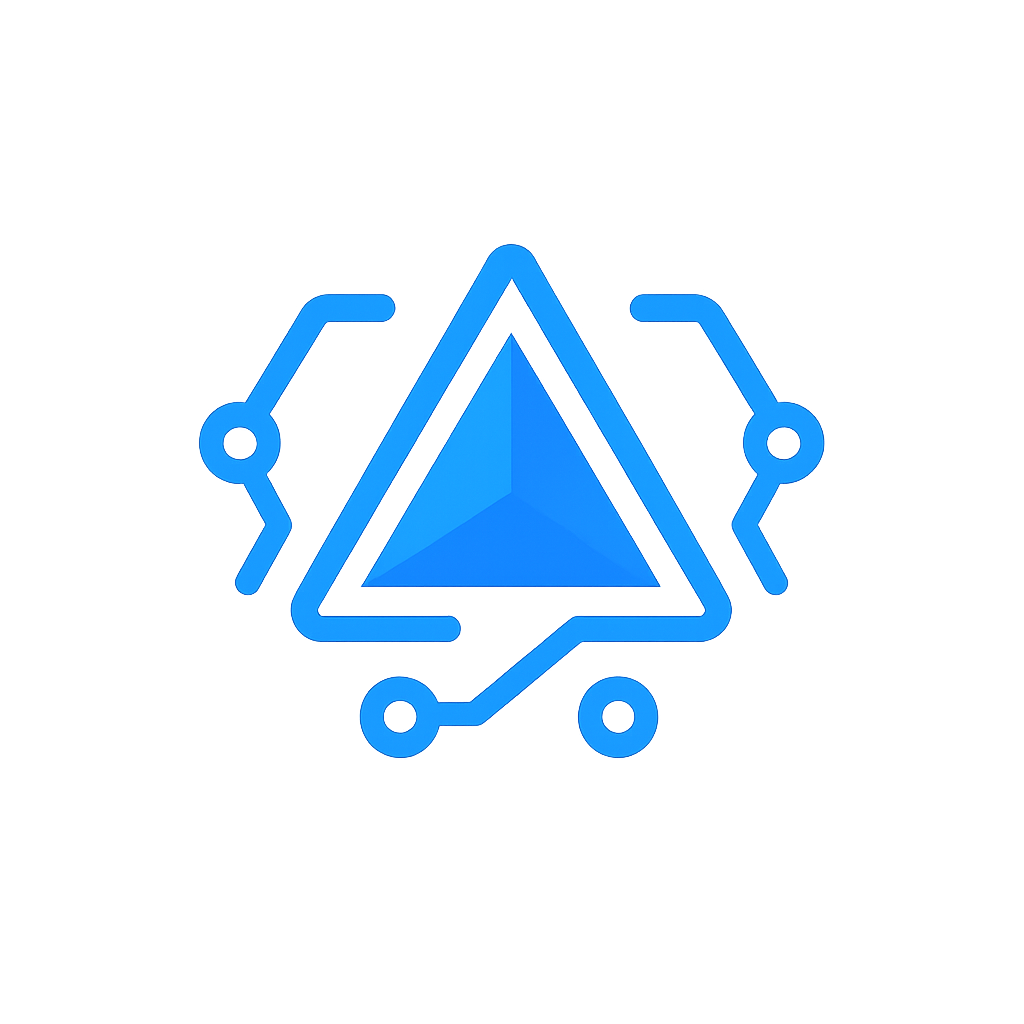Beyond Syntax: Semantic Code Understanding for AI Assistants
When you ask an AI assistant "What does the UserManager class do?", you don't want to hear "It's a class with methods." You want to understand its purpose, relationships, and role in your application. This is the difference between syntactic and semantic code understanding—and it's why CodePrism was built from the ground up to think semantically.
